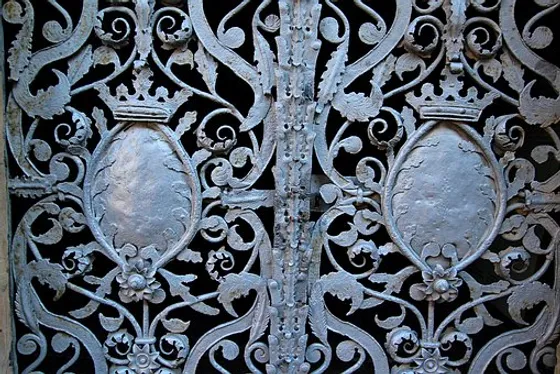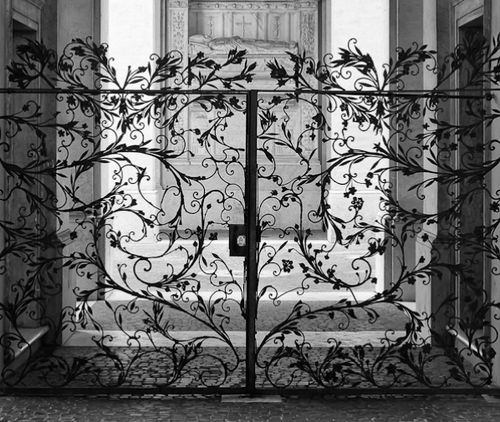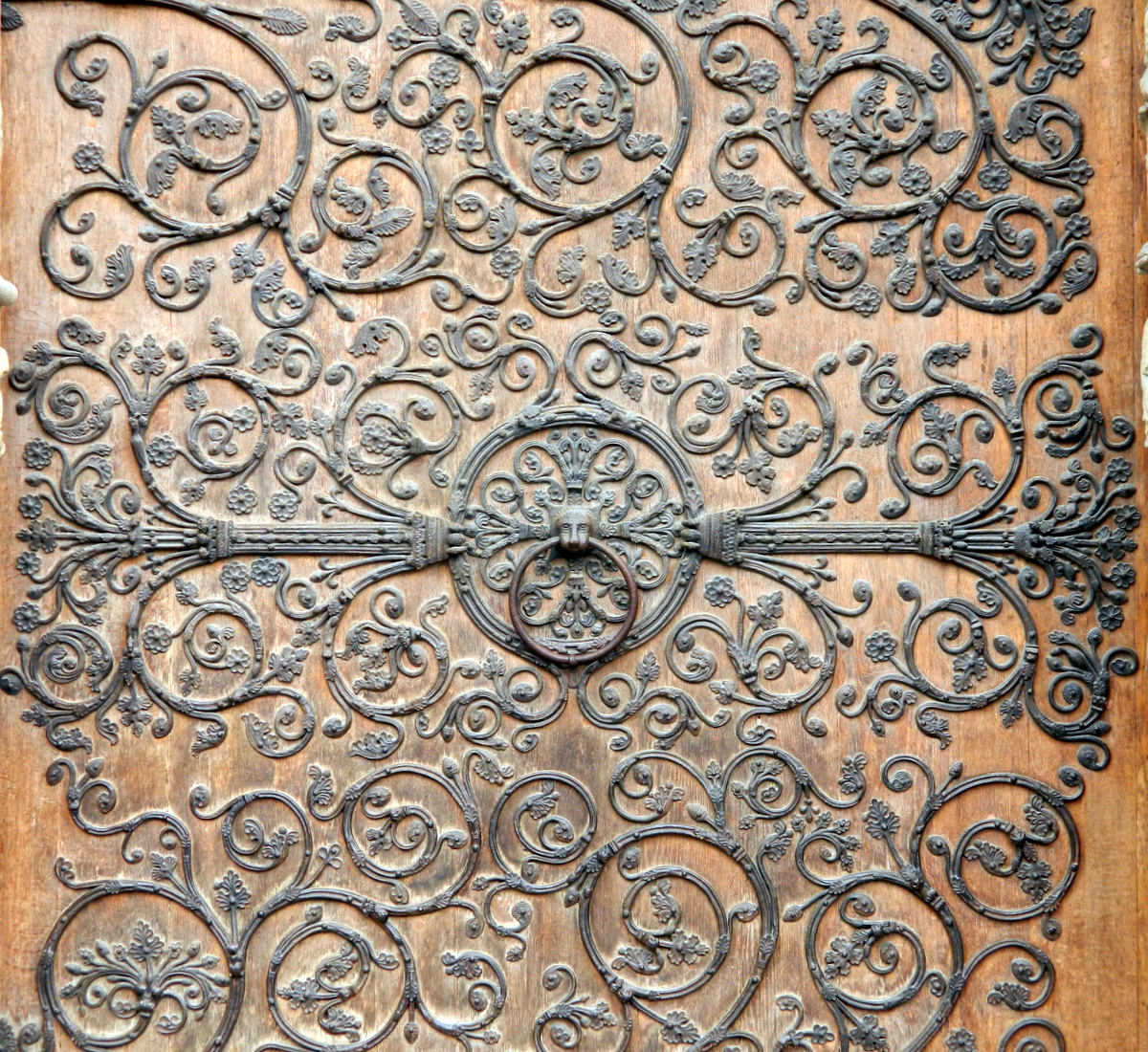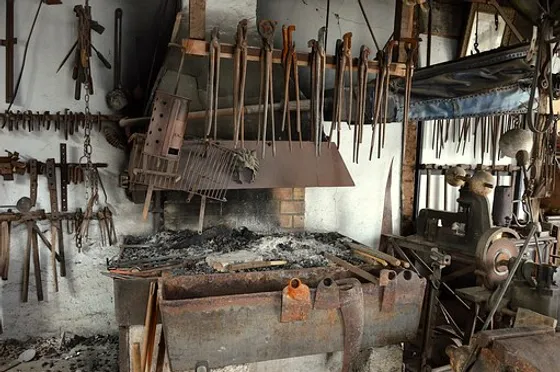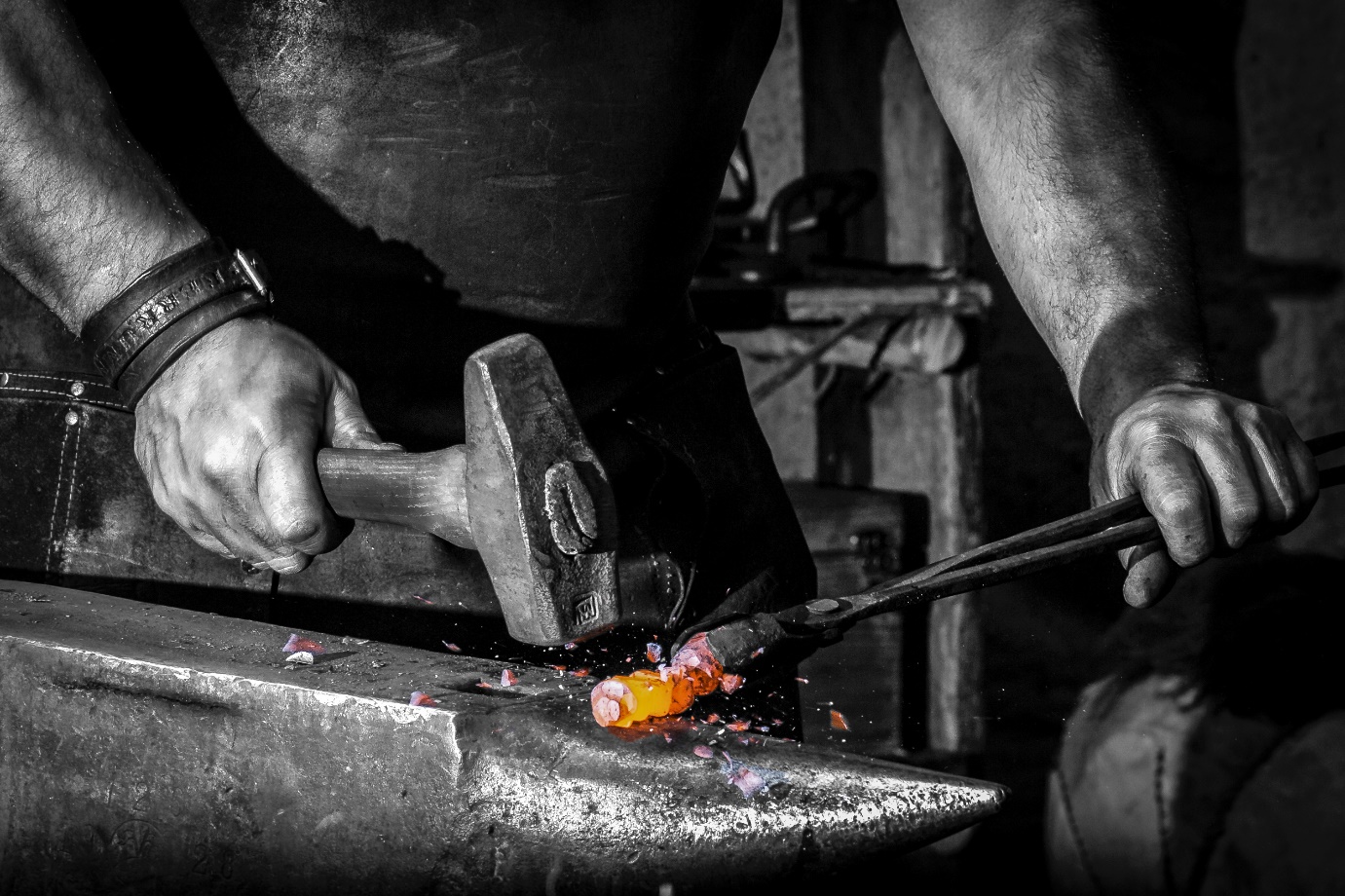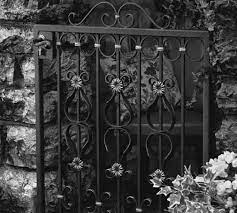About Wrought Iron History
Wrought iron has a rich history dating back to ancient civilizations. Its production began around 2000 BC in the Middle East. It gained prominence during the Middle Ages for its use in weapons and architecture. The Industrial Revolution brought mass production techniques, making it a vital material until the late 19th century.

- Wrought iron's history spans millennia, with origins around 2000 BC in the Middle East.
- Ancient civilizations such as the Hittites and Egyptians crafted tools and ornaments from this malleable metal.
- It rose to prominence during the Middle Ages, serving as the primary material for blacksmiths' creations.
- Iconic structures like the Eiffel Tower and the gates of Westminster Abbey showcase its durability and artistic potential.
- The Industrial Revolution brought innovations, enabling mass production and widespread use.
- By the late 19th century, steel largely replaced wrought iron, relegating it to a historical material cherished for its elegance and historical significance.

